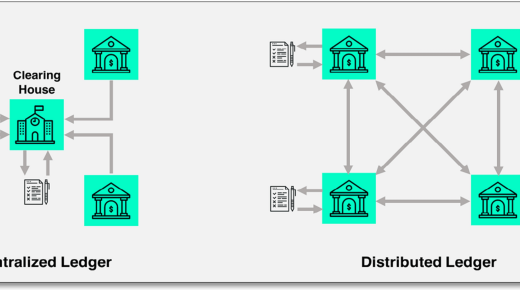As Namibia embraces the dynamic landscape of virtual asset services through its Virtual Assets Act of 2023, a critical aspect of the legislation addresses the transitional period for existing service providers.
The Savings and Transitional Provisions, encapsulated in Section 54 of the Act, provide a roadmap for businesses currently operating in the virtual asset realm. Let’s unpack these provisions to understand how they pave the way for a smooth transition into the new regulatory framework.
Commencement of the Act
A Timely Transition: The Act kicks into effect, marking a pivotal moment for the regulation of virtual asset services in Namibia. For those already active in this space at the commencement of the Act, a proactive step is required within the stipulated timeframe.
Application for Licensing
A Three-Month Window: Within the first three months from the Act’s commencement, existing virtual asset service providers must initiate the formal licensing process. This involves submitting a comprehensive application in accordance with the Act’s provisions. The application serves as a bridge, connecting the ongoing operations to the regulatory framework.
Continuation of Business Activities
Business as Usual: During the application assessment period, which extends until a decision is communicated, existing virtual asset service providers are permitted to continue their business activities. This provision acknowledges the need for continuity and ensures that the sector remains operational during the transition phase.
Clarity through Communication
Informed Decision-Making: The legislation emphasizes transparency by requiring regulatory decisions to be communicated in writing to the concerned party. Whether the application is granted or refused, timely communication ensures that virtual asset service providers can make informed decisions about the future course of their operations.
Balancing Regulation and Continuity
The transitional provisions strike a delicate balance between introducing regulatory oversight and allowing existing players to seamlessly adapt. By affording a grace period for licensing applications and permitting ongoing business activities, Namibia aims to foster a smooth transition, minimizing disruptions to the virtual asset service landscape.
Conclusion
Namibia’s Virtual Assets Act’s Savings and Transitional Provisions reflect a pragmatic approach to the regulation of virtual asset services. Recognizing the pre-existing ecosystem, these provisions offer a structured path for businesses to align with the new regulatory framework. As the digital financial landscape evolves, these transitional measures embody a commitment to a collaborative transition, ensuring the continued vibrancy and integrity of the virtual asset services sector in Namibia.




